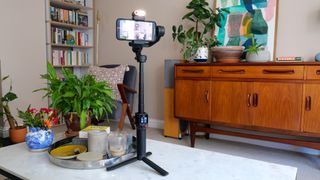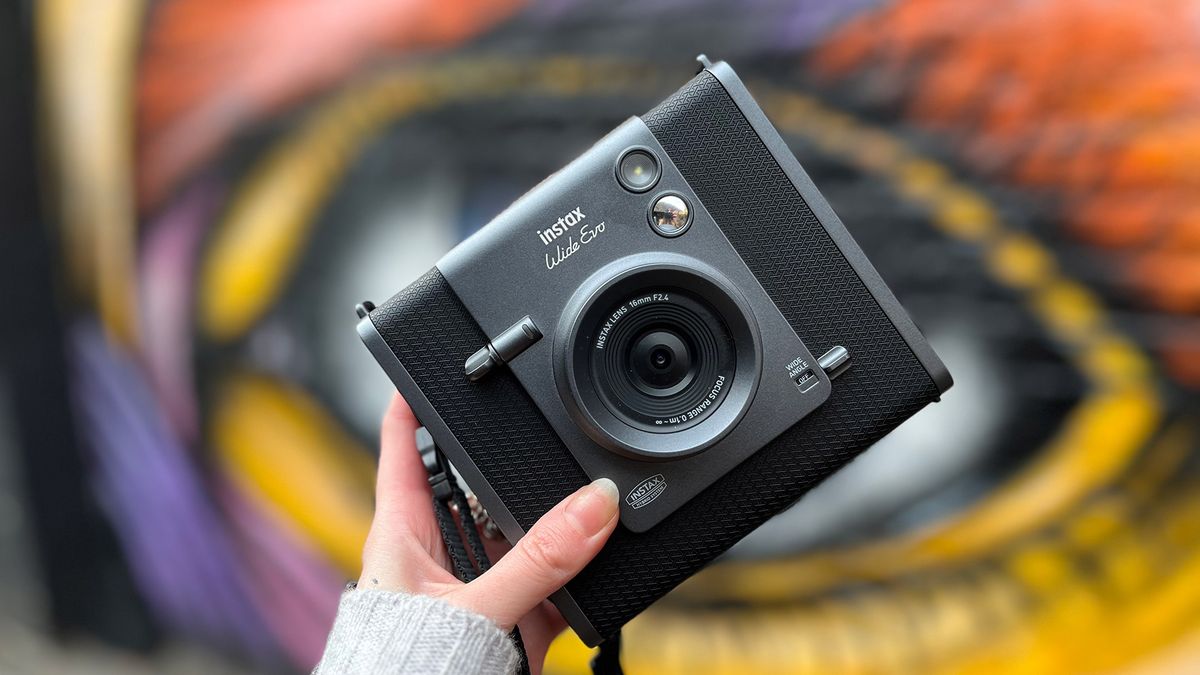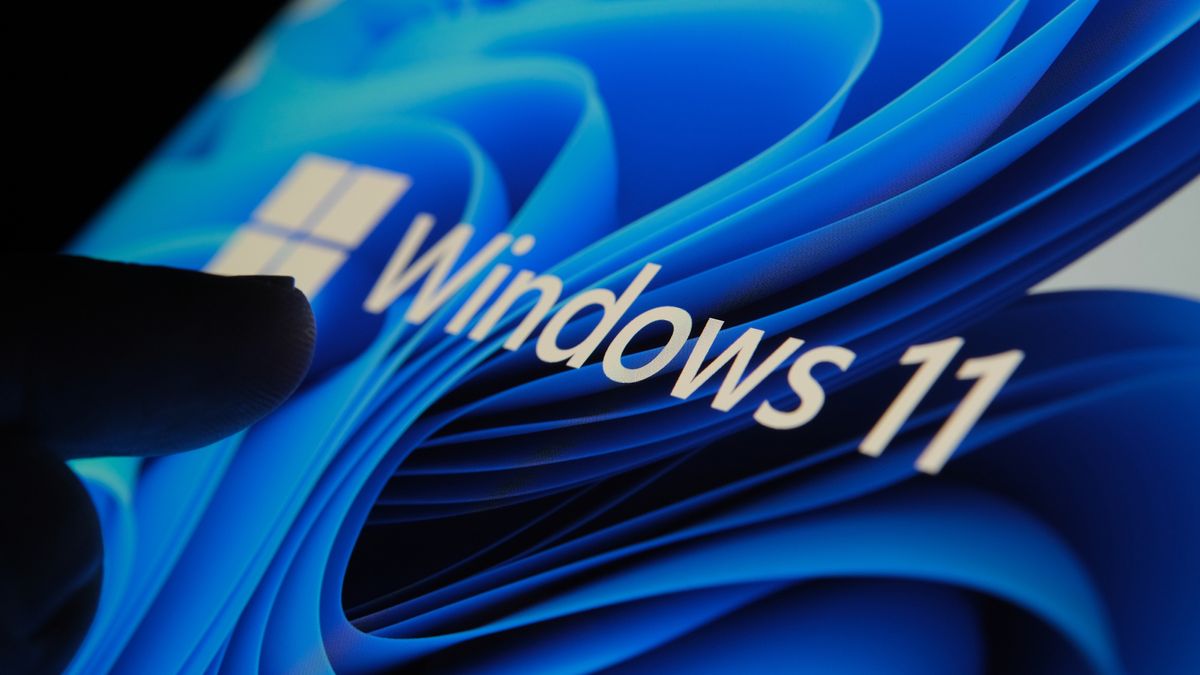Hohem iSteady M7: two-minute review
Adding yet another premium option to the burgeoning smartphone stabilizer market, the Hohem iSteady M7 is Hohem's latest top-of-the-range gimbal. It’s built to carry almost any smartphone – including heavier or larger models that other gimbals can’t effectively stabilize – and comes with a wide range of features to justify its high price and (compared to some) bulkier proportions.
Hohem supplies the iSteady M7 with a detachable mini tripod (which screws into the standard tripod mounting point at the base of the gimbal handle), a detachable AI tracking module/fill light, and two USB charging cables: one USB-C to USB-C and one USB-C to USB-A. There’s no AC adapter included, so you’ll have to connect this cable to something else to recharge the battery. All of the above fits snugly into a hard-shell zip-up carry case, which also has a net-covered space in the lid to store extras such as manuals or additional cables.
The stabilizer folds flat for storage, with three locks keeping the gimbal arm firmly in place. When it’s time for use, these locks have to be manually disengaged so that the arm can move freely, and the arm also needs some simple manual balancing once the phone has been mounted. For mounting, the phone is placed inside a firm spring-loaded grip, which can be rotated 90º to switch the phone between landscape (16:9) and portrait (9:16) orientation.

The grip and gimbal motor are powerful enough to accommodate smartphones up to 500g in weight, and 12.5mm in thickness. That impressed me, given that the last flagship gimbal I reviewed, the Zhiyun Smooth 5S AI, can only manage phones up to 300g and 10mm. If you own one of the larger smartphone models (including folding phones like the Samsung Galaxy Z Fold 6) or like to have a chunky case or lens accessory fitted to your handset, this extra capacity could make all the difference.
Hohem has designed and built the iSteady M7 very well. The gimbal felt comfortable in my hand, and I found all the major controls – from the front trigger to the customizable zoom/focus/tilt/pan wheel on the left – to be thoughtfully located and easy to access. There’s even a built-in extension rod, which allowed me to add an extra 20cm of distance to the gimbal arm and achieve some otherwise impossible shooting angles.
For my money, though, the best design touch (and one feature that no other stabilizer offers, to my knowledge) is the 1.4-inch touchscreen panel on the handle. Not only does this enable access to a range of settings via swipes and taps, which meant I didn’t need to use the Hohem Joy companion app to delve into some of the stabilizer’s deeper functions, but it also unclips from the handle to work as a remote control unit. This meant I was able to set the iSteady M7 up on a flat surface using its tripod, then use the remote to control gimbal movements and more from a distance of up to about 10m.

It doesn’t stop there. The iSteady M7, like the Zhiyun Smooth 5S AI, comes with a small removable module for AI-assisted subject tracking. This mounts securely onto the gimbal arm (facing either front- or backwards) and, via a tiny camera, enables tracking of human subjects no matter which camera app you’re using on your phone. Some stabilizers will only track when using the manufacturer’s app, but this module meant I could use the native iPhone app, Blackmagic Cam, TikTok, or any other app I preferred. The Hohem Joy app itself is fine, although thanks to some poorly translated text and odd design choices, I would rather use other apps with which I’m more familiar. There’s room for improvement there, then.
The module also sports a really useful LED fill light (which can be customized for brightness and color) but perhaps more impressive is the way it combines really well with the remote unit. Not only was I able to preview the tracking camera’s POV via the remote screen, but I could also double-tap on the screen to track other objects. It’s far beyond what you get with the Zhiyun gimbal’s AI tracking.

As for the 3-axis gimbal stabilization itself, I have absolutely no complaints. The usual modes – Pan Follow, Pan Tilt Follow, and POV – are supplemented by a full custom mode that allowed me to tailor movement speeds to my needs, and the ability of the gimbal to rotate through 360º on the pan axis gave me a lot of freedom to get creative with camera movement. The settings menu also features an ultra-wide-angle mode, which moves the gimbal arm out of the way of the camera during ultra-wide shots.
With a solid battery life of up to 12 hours with the gimbal largely static or eight hours with AI tracking enabled, you may want to pack a power bank for long weekend shoots, but I’m quite happy with the capacity. A USB-C socket on the gimbal arm even allows you to charge your phone’s battery while it’s mounted – just another example of the sort of thoughtful design touches that make the Hohem iSteady M7 arguably the best phone gimbal on the market right now.
Hohem iSteady M7 review: price and availability
The Hohem iSteady M7 is available now, and priced at around $299 / £269 / A$459. That puts it among the priciest of smartphone stabilizers out there, but given its spec level, I don't think that's necessarily a bad thing – particularly if you own a heavier handset that cheaper stabilizers aren't able to accommodate.
Hohem iSteady M7: specs
Swipe to scroll horizontally
| Dimensions: | 335.7 x 159 x 57mm (folded) |
| Weight: | 629g (727.5g inc. tripod) |
| Compatible phone weight: | Up to 500g |
| Compatible phone thickness: | 6.9 to 12.5mm |
| Compatible phone width: | 58 to 90mm |
| Connectivity: | Bluetooth 5.1, USB-C |
| Battery life: | Approx 8 hours (with AI tracking) |
Hohem iSteady M7 review: Also consider
Insta360 Flow Pro
Insta360’s compact foldable gimbal feels like the pick of the current mobile stabilizer bunch – at least where portability is concerned. With excellent battery life, and the ability to subject track when using third-party iPhone apps (or the native iPhone camera), it’s an impressive all-rounder that’ll fit into a large pocket when not in use.
Read our Insta360 Flow Pro review
Zhiyun Smooth 5S AI
With similar AI-driven app-agnostic tracking skills, Zhiyun’s flagship stabilizer is perhaps the Hohem iSteady M7’s main rival. It falls behind on several features, however, with no removable touchscreen remote and a much lighter maximum phone capacity – which is probably why it’s now substantially cheaper than the M7.
Read our Zhiyun Smooth 5S AI review
Should I buy the Hohem iSteady M7?

Buy it if...
You own a heavy, bulky smartphone
With its 500g weight capacity and ability to grip devices as thick as 12.5mm, this is the go-to stabilizer for anyone owning a large and heavy smartphone. Most rivals don’t come close to its payload limits.
You want a highly flexible gimbal
Thanks to app-agnostic tracking, the built-in extension rod, the touchscreen remote control and its fully customizable pan, tilt and follow settings, the iSteady M7 is probably the most versatile smartphone stabilizer on the market.
Don't buy it if...
You need a compact, portable stabilizer
There are lots of smartphone stabilizers that fold down small enough to fit into a small bag or even a coat pocket. This is not one of them. While it’s not especially large or heavy, you’ll need at least a small backpack or similar to carry the iSteady M7.
You’re on a tight budget
You can pick up effective, well-equipped stabilizers for half the asking price of the iSteady M7, so check if you need all of its features and payload capacity before shelling out your hard-earned cash.
How I tested the Hohem iSteady M7
- One week of use
- Tested with an iPhone 13
- Used for B-roll and vlogs
I used the Hohem iSteady M7 in and around my home for a week, using it to record footage both handheld and with it sat on the ground or a desktop using its tripod. I tested it with my Apple iPhone 13 and several camera apps, including the native iPhone camera app and Hohem Joy, and used the phone’s front and rear cameras to record b-roll and vlog videos.
First reviewed January 2025









 English (US) ·
English (US) ·